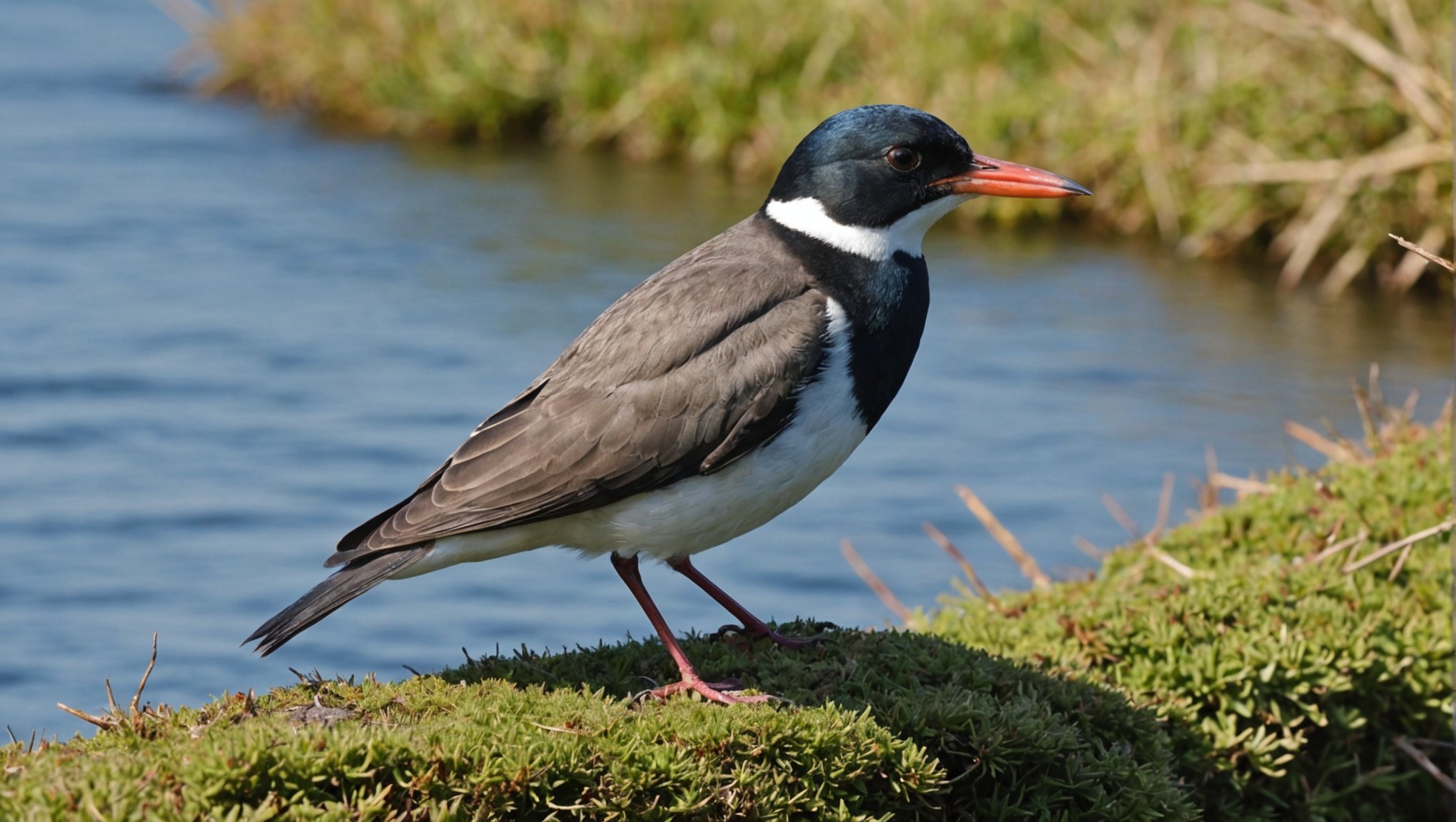Overview of UK Cruises Featuring Guided Birdwatching Adventures
Guided birdwatching cruises have become an intriguing aspect of travel within the UK. These voyages offer enthusiasts a chance to explore stunning coastal nature reserves while appreciating the diverse avian life the country harbours. Embracing such cruises can significantly enhance the birdwatching experience, thanks to expert guides and carefully planned routes that optimise bird sightings.
The UK birdwatching cruises often explore regions where coastal nature reserves play a critical role. These reserves not only offer sanctuary to countless bird species but also provide vital habitats crucial for their breeding and survival. Such environments present birdwatchers with enriching experiences, as they can witness birds in their native settings, contributing to a deeper understanding of these species.
Additional reading : Discover UK Cruises Offering Golf Tours of Iconic Historic Courses
The concept of eco-tourism underpins many of these guided birdwatching adventures. Eco-tourism focuses on sustainable travel, aiming to minimise environmental impact while supporting conservation efforts. By engaging with these principles, birdwatching cruises foster wildlife preservation, allowing tourists to enjoy natural beauty while contributing positively to ecosystem protection.
This form of tourism encourages responsible interaction with nature, promoting awareness and respect for biodiversity. As these cruises grow in popularity, they continue to support both local economies and conservation initiatives, creating a symbiotic relationship between travel enthusiasts and the environment.
In the same genre : Ultimate Guide to Selecting a UK Cruise Featuring Traditional British Pottery Workshops
Types of Birds Observed on UK Cruises
Participating in UK cruises offers excellent birdwatching experiences where you can enjoy diverse wildlife observation.
Common Seabirds
Among the first to catch the eye are gull species such as the Herring Gull and Lesser Black-backed Gull. These bird species are easily identifiable due to their distinctive features like pale grey plumage and black-tipped wings. The Northern Fulmar, with its tube-nosed structure, is also a frequent sight along the coasts. Additionally, one should expect to see the graceful flight of Gannets, which are capable of spectacular plunge-dives into the sea.
Rare and Migratory Species
For those keen on rare bird species, UK cruises present opportunities to see migratory wonders. The Arctic Tern, renowned for its incredible long-distance flight patterns, often traverses these waters. Observers might also glimpse various Shearwaters, including the Sooty Shearwater, especially during the months when migration peaks.
Notable Coastal Birds
The UK coast is home to several unique bird species that contribute to its ecological value. The Puffin, with its colourful bill, is a significant draw for birdwatchers. Furthermore, the coastal cliffs provide a nesting site for the enigmatic Chough, recognised for its red beak and legs. These notable coastal birds not only attract observers but also play crucial roles in maintaining the local ecosystem’s balance.
Popular Coastal Nature Reserves
Exploring coastal nature reserves in the UK offers a unique chance to experience diverse ecosystems and participate in birdwatching activities. These areas play an integral role in maintaining the nation’s biodiversity.
Reserve 1: RSPB Minsmere
Minsmere is a haven for birdwatchers, well known for its diverse array of avian species. Located on the Suffolk coast, it offers various habitats, such as woodland, wetland, and sand dunes. This makes it a thriving environment for myriad bird species, including the bittern and marsh harrier.
Reserve 2: Northumberland Coast AONB
The Northumberland Coast Area of Outstanding Natural Beauty is famous for its dramatic landscapes. With its rugged cliffs and tranquil beaches, it provides sanctuary for various bird species like puffins and terns. Significant conservation efforts aim to preserve these habitats, ensuring thriving ecosystems for future generations.
Reserve 3: Gower Peninsula
Renowned for its scenic beauty, the Gower Peninsula is just as vital for birdwatching. Its mix of marshlands and rocky shorelines offers refuge to species like waders and seabirds. Conservation initiatives focus on protecting these natural surroundings, playing a crucial role in supporting UK’s biodiversity.
Each of these reserves underscores the importance of preservation efforts for sustaining healthy avian habitats and contributes significantly to the UK’s biodiversity.
Itineraries and Cruise Features
Birdwatching enthusiasts and nature lovers will find cruise itineraries specifically designed to maximise wildlife encounters an enchanting adventure. These journeys allow individuals to experience the wonders of nature through guided tours that can include stunning landscapes and diverse ecosystems.
Sample Itinerary Overview
The adventure typically starts with a gentle departure from a bustling port, moving into serene waters where guests can anticipate a seamless blend of discovery and relaxation. Each day promises unique experiences as the cruises navigate through rich bird habitats. Morning and evening sessions are often marked by vivid panoramic views, perfect for birdwatching.
Onboard Experiences and Amenities
Onboard, wildlife cruises offer a range of amenities to enhance the birdwatching experience. The presence of observation decks equipped with high-quality binoculars and telescopes ensures that guests don’t miss a moment. Expert lectures and educational sessions run parallel to these experiences, allowing travellers to deepen their understanding of avian species.
Guided Birdwatching Tour Highlights
During guided tours, experienced naturalists lead passengers to hotspots for bird sightings. Key activities such as photography workshops, species identification sessions, and night-time star gazing create a rich tapestry of memorable moments. Guests can delight in spotting rare and endemic species, accompanied by knowledgeable guides passionate about sharing their insights. This blend of guided expeditions and leisure delivers an unrivalled birdwatching experience.
Tips for Prospective Travelers
Planning for a birdwatching cruise is an exciting venture filled with potential discoveries. Here are some travel tips to help you prepare and make the most of your experience.
Booking Your Cruise
When booking your cruise, consider itineraries that offer ample opportunities for birdwatching. Researching destinations known for diverse avian life enhances your chances of spotting rare species. It’s advisable to book in advance to secure the best cabins and pricing. Additionally, consider cruises with knowledgeable guides who can enrich your journey with their expertise.
Essential Gear and Supplies
Packing the right gear ensures you’re prepared for every birdwatching adventure. Essential equipment includes a good pair of binoculars, a camera with a telephoto lens, and a field guide for identifying species. Don’t forget to bring weather-appropriate clothing and comfortable footwear for excursions. A notebook and pen will be invaluable for jotting down observations and tips shared by fellow enthusiasts.
Best Times for Birdwatching
Timing is crucial for observing birds in their natural habitats. Research indicates that the best times for birdwatching are during migration seasons—typically in spring and autumn—when birds are most active. Early mornings are particularly rewarding, as many species engage in feeding during these hours. By aligning your cruise with peak periods, you optimise your chances of witnessing spectacular avian activity.
Environmental Considerations and Responsible Tourism
Navigating the complex landscape of tourism requires an appreciation for sustainable travel and the impact on the environment. Recognising this, let’s explore the significance of wildlife conservation and eco-friendly practices in enhancing travel experiences.
Importance of Sustainable Tourism
The flourishing sector of sustainable travel denotes a shift toward appreciating and preserving natural landscapes and local cultures. It aims to minimise negative impacts on ecosystems and contribute positively to local economies. Tourists who prioritize wildlife conservation often find themselves enriching not only their own experiences but also supporting long-term sustainability of these ecosystems.
Environmentally Friendly Practices on Cruises
Modern cruises are increasingly integrating eco-friendly practices to reduce their environmental footprint. This includes measures such as using cleaner fuels, waste management programs, and energy-efficient technologies. The goal is to balance luxury travel with environmentally responsible operations that promote sustainability and protect marine and coastal habitats.
How to Support Local Conservation Efforts
Tourists have the opportunity to play an active role in wildlife conservation by participating in local initiatives. Travelers can volunteer for conservation projects, contribute to local economies by purchasing locally-made products, or choose tour operators known for their eco-friendly approaches. By adopting these practices, tourists ensure they’re supporting the environment positively, fostering a ripple effect that could influence broader community thinking.






